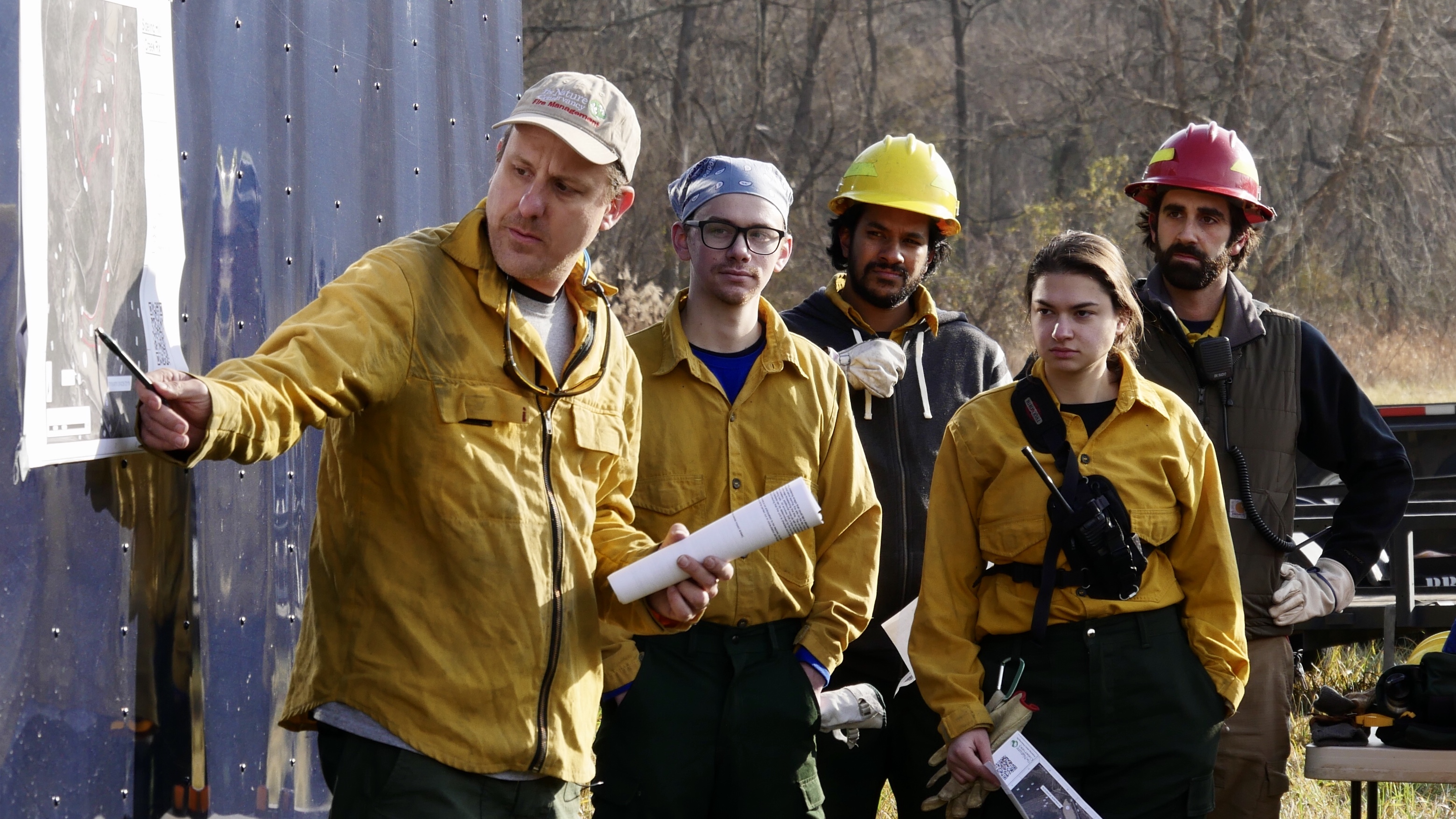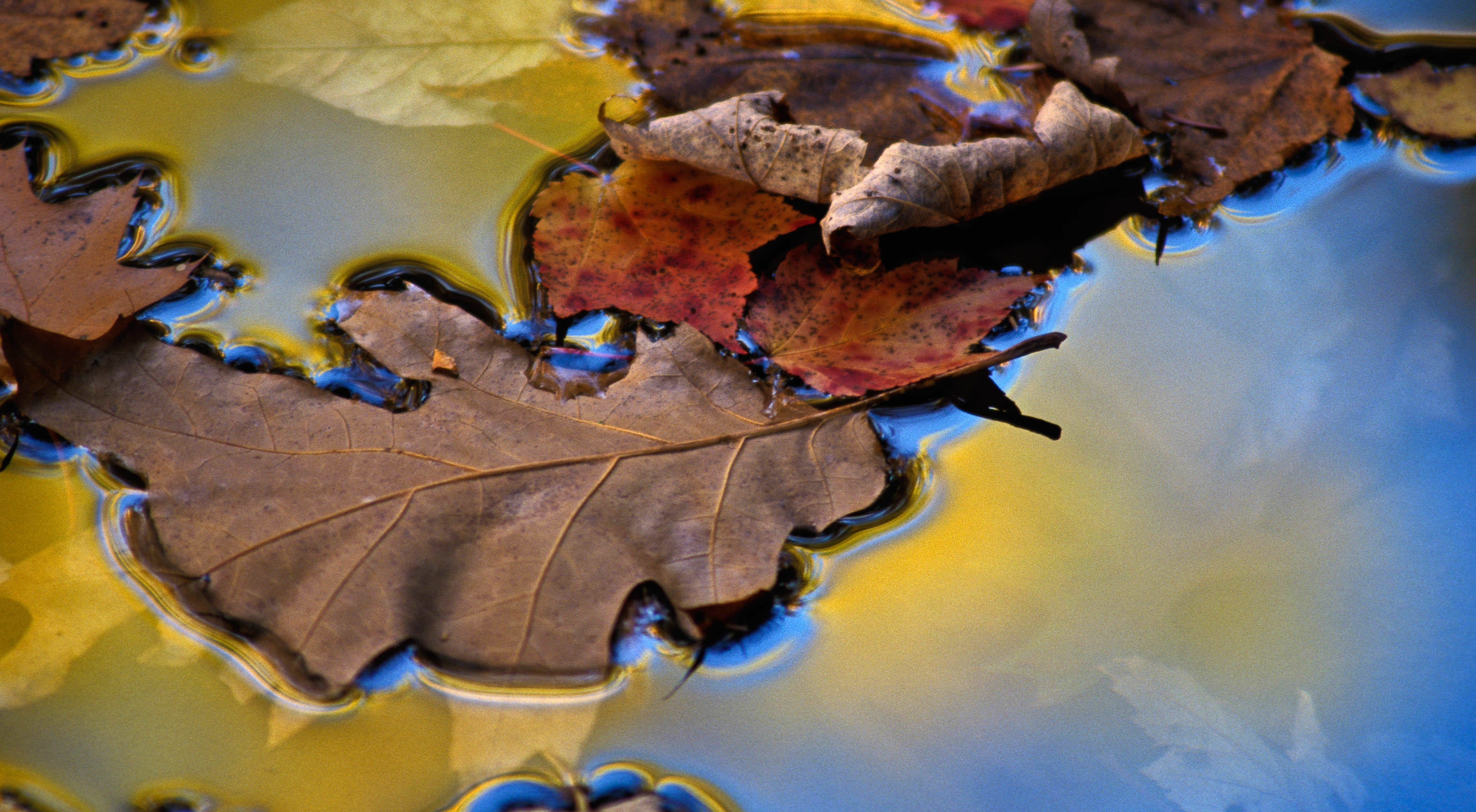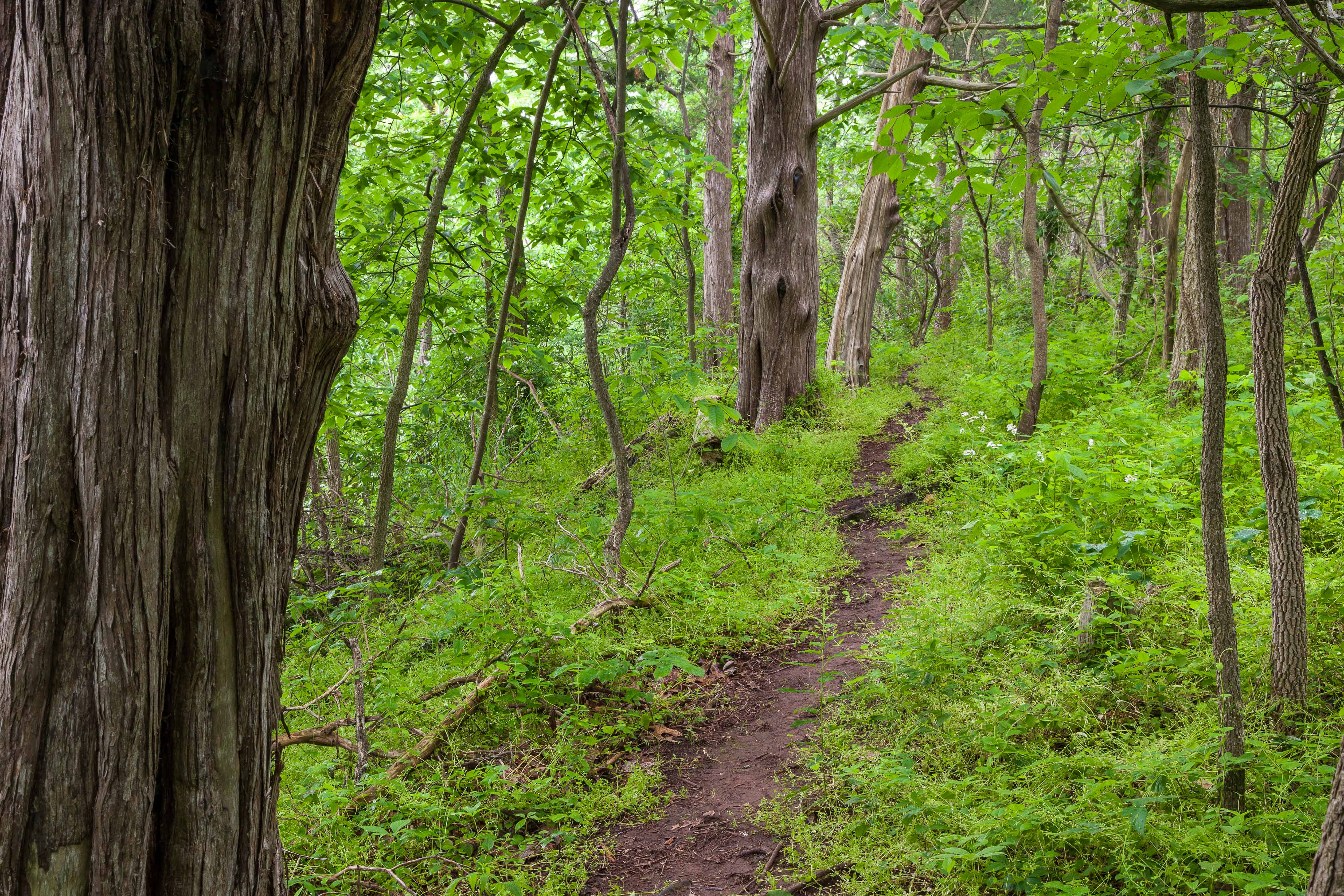Description
Originating from the southwestern mountains of Pennsylvania, Sideling Hill Creek tumbles its way down the steep, forested, shale cliffs of western Maryland before it finally spills into the Potomac River.
The Sideling Hill watershed is about 80% forest cover and is incredibly intact. The area is sparsely populated, and this isolation has allowed Sideling Hill Creek to have supremely high water quality and healthy aquatic communities.
The preserve has several trails so visitors can explore the variety of species and natural communities that exist at Sideling Hill Creek.











